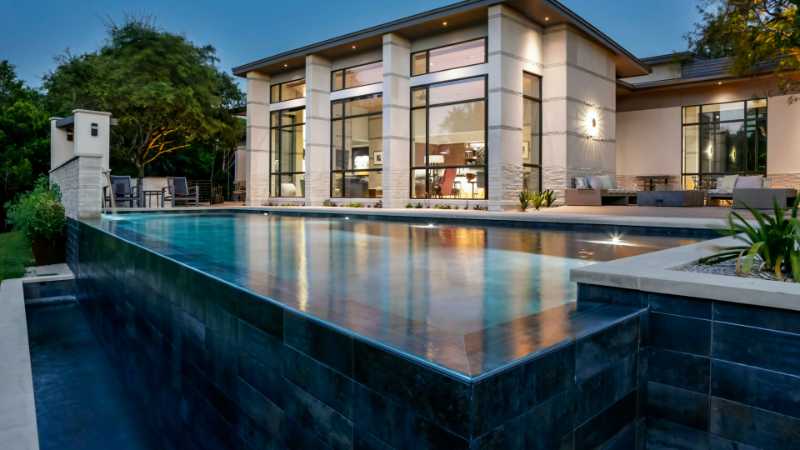How Architectural Lighting Design Enhances Building Aesthetics and Functionality
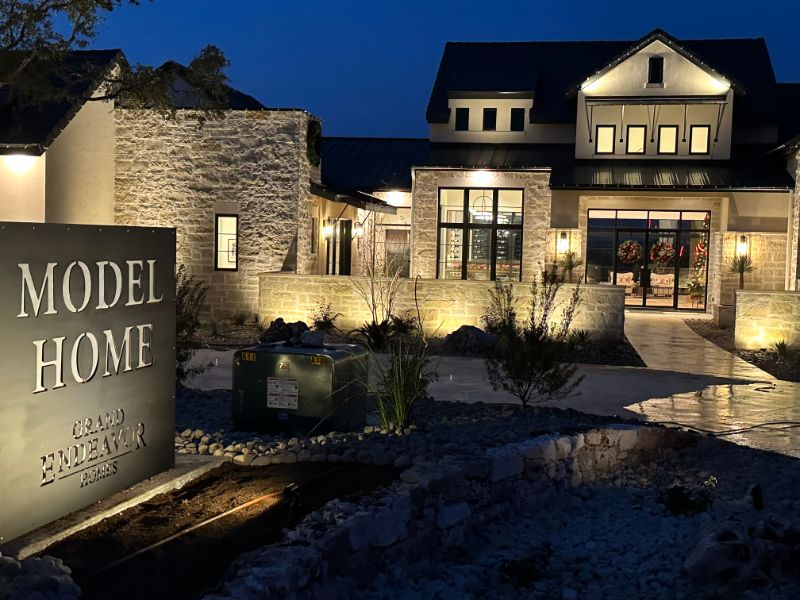
Architectural lighting design is far more than simply illuminating a space. It’s an art form that breathes life into buildings, transforming static structures into dynamic environments that captivate the eye and serve practical purposes.
In this article, we’ll explore how thoughtful architectural lighting design elevates both the visual appeal and functionality of buildings, creating spaces that are beautiful, efficient, and comfortable.
From accentuating architectural features to improving wayfinding, from setting the perfect ambiance to boosting energy efficiency, outdoor lighting design shapes our experience of built environments. The right lighting can make all the difference.
The Role of Architectural Lighting Design
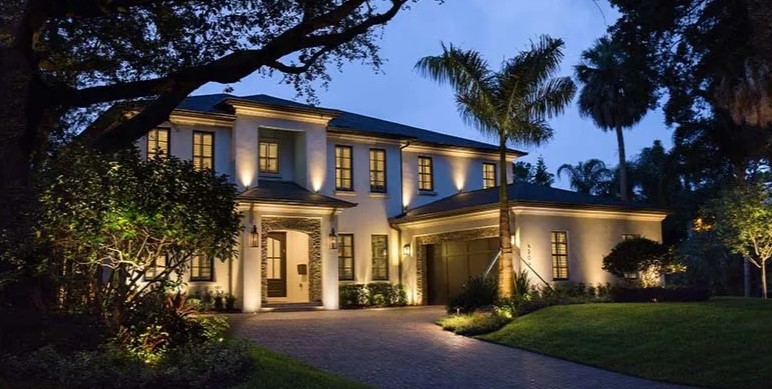
Architectural lighting design refers to the art and science of illuminating buildings and spaces in ways that enhance their architectural elements, improve functionality, and create desired atmospheres. It involves strategic placement and selection of light fixtures, considering factors like intensity, color, and distribution.
Importance of Lighting Design in Architecture
Lighting design is essential in architecture as it can accentuate forms, textures, and colors, thereby elevating the visual experience of a space. Proper lighting can also improve the functionality of spaces by ensuring adequate visibility, safety, and comfort for occupants.
Architectural Lighting Designers
Architectural lighting designers are specialized professionals who combine creativity and technical knowledge to develop effective lighting solutions. They work closely with architects, interior designers, and engineers to integrate lighting seamlessly into the overall design of buildings.
Role and Expertise of Architectural Lighting Designers
Lighting designers bring expertise in various aspects of lighting, from understanding the latest lighting technology to knowledge of human perception and behavior. Their role involves creating lighting plans that align with the architectural vision while also meeting practical needs and regulatory standards.
Collaboration Between Lighting Designers, Architects, and Interior Designers
Successful lighting design projects often result from close collaboration between lighting designers and other design professionals. By working together, they can ensure that the lighting enhances the architectural features and interior design elements, creating cohesive and well-lit environments.
ALSO READ: 15 Creative Landscape Light Ideas for Enchanting Outdoor Spaces
Aesthetics in Architectural Lighting Design
Architectural lighting design plays a pivotal role in enhancing the aesthetic appeal of buildings. By highlighting architectural features such as asymmetrical architectural features and various shapes, lighting can draw attention to the unique aspects of a space.
How Lighting Design Highlights Architectural Features
Strategic lighting can bring out the best in architectural designs. For example, uplighting can emphasize the height of a ceiling, while wall washing can accentuate textures and materials. The use of indirect lighting can create a soft, ambient glow that enhances the mood of a space.
Use of Indirect Lighting to Create Mood and Ambiance
Indirect lighting, where the light source is hidden and the light is reflected off surfaces, is effective in creating a soothing and welcoming ambiance. This technique can be used to eliminate harsh shadows and reduce glare, making spaces more comfortable and visually appealing.
Architectural Lighting Techniques and Examples
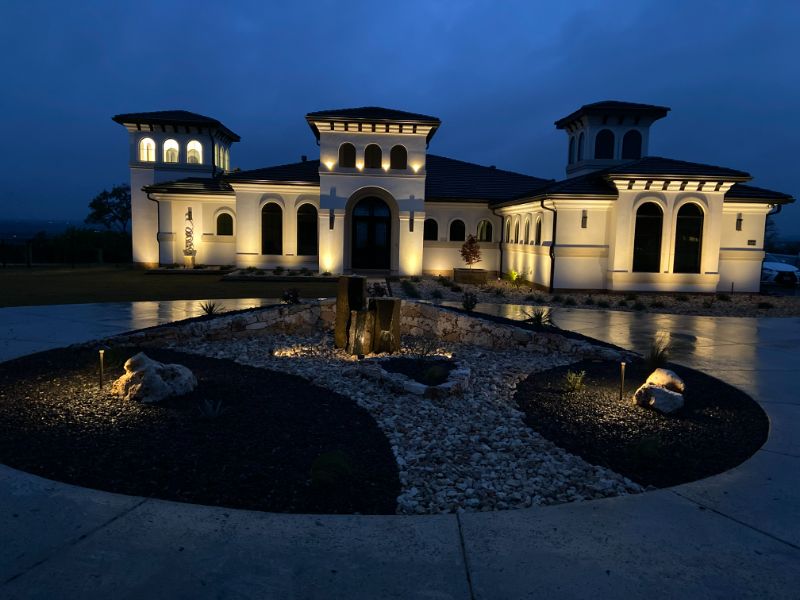
There are various techniques that lighting designers use to achieve stunning visual effects. Commercial outdoor lighting is essential for enhancing the exterior appearance of businesses while ensuring safety and visibility.
Examples of Successful Lighting Design Projects
Many iconic buildings and spaces owe their impact to exceptional lighting design. For instance, the use of natural lighting in the Louvre Pyramid in Paris or the dramatic theatrical lighting design in modern theaters demonstrates how lighting can transform spaces.
Techniques Like Theatrical Lighting Design and the Use of Natural and Artificial Lighting
Techniques such as theatrical lighting design, which uses dramatic contrasts and color, can be employed to create visually striking environments. Combining natural lighting during the day with artificial lighting at night ensures that spaces are well-lit at all times, enhancing both aesthetics and functionality.
Functionality in Architectural Lighting Design
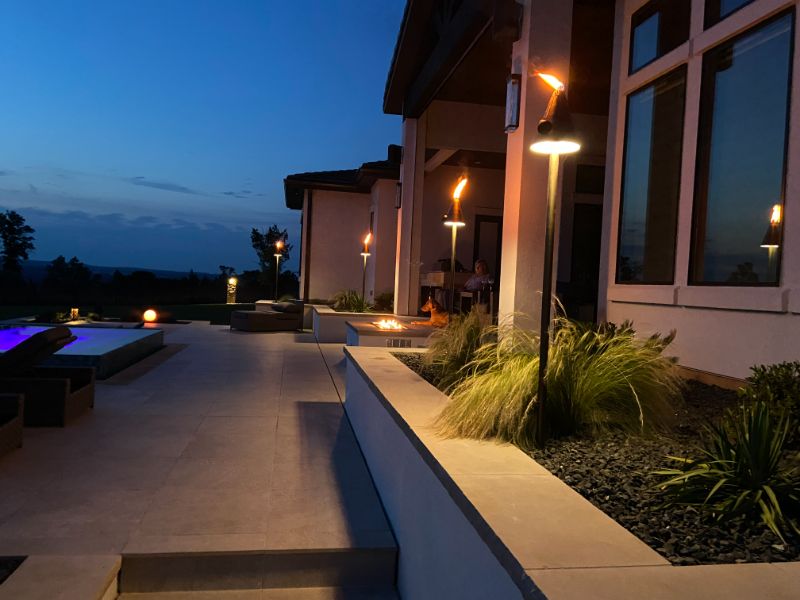
While aesthetics are important, the functionality of lighting design cannot be overlooked. Proper lighting enhances visibility, ensuring that spaces are safe and easy to navigate.
Enhancing Visibility and Safety in Interior Spaces and Urban Environments
Good lighting design ensures that both interior and exterior spaces are adequately illuminated, reducing the risk of accidents and making spaces more secure. In urban environments, well-designed public lighting can improve safety and accessibility.
Role of Lighting in Public Lighting and Exterior Applications
In public and exterior applications, lighting serves to guide, inform, and protect. Effective street lighting, for instance, not only improves visibility but also contributes to the overall sense of safety and community well-being.
Energy Efficiency
Energy efficiency is a key consideration in modern lighting design. The use of LED lighting and other energy-efficient technologies can significantly reduce energy consumption and operational costs.
Impact of LED Lighting and Energy Consumption
LED lighting, with its low energy consumption and long lifespan, has revolutionized the lighting industry. It offers bright, high-quality light while being significantly more energy-efficient than traditional lighting options.
Sustainable Lighting Practices and Their Contribution to the Built Environment
Sustainable lighting practices, such as incorporating daylighting and using energy-efficient fixtures, contribute to the environmental sustainability of buildings. These practices not only reduce energy costs but also minimize the environmental footprint of lighting installations.
The Lighting Design Process
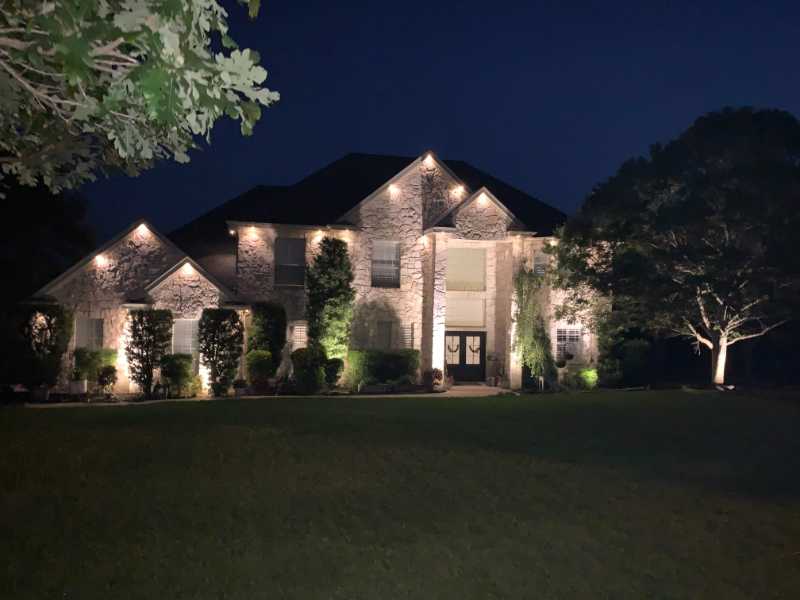
The lighting design process involves several key steps, from the initial concept to the final installation. This process ensures that the lighting not only meets aesthetic and functional requirements but also adheres to budget and regulatory constraints.
- Concept Development: The initial phase involves understanding the project’s objectives, architectural features, and client preferences. This step includes brainstorming ideas and creating preliminary sketches.
- Design Planning: In this phase, detailed lighting plans are created, specifying the types and placement of fixtures. This includes considerations for light sources, intensity, color, and distribution.
- Technical Specifications: Lighting designers work closely with electrical engineers to ensure that the lighting systems are technically sound and energy-efficient. This includes calculating power requirements and selecting appropriate fixtures.
- Prototyping and Testing: Before final lighting installation, prototypes are created and tested to ensure they achieve the desired effect. This step allows for adjustments and fine-tuning.
- Installation and Commissioning: The final step is the actual installation of the lighting systems. This involves coordinating with contractors and ensuring that the installation is completed according to the design specifications.
Importance of Critical Thinking and Creativity in Lighting Design
Critical thinking and creativity are essential in the lighting design process. Lighting designers must balance technical constraints with creative solutions to achieve the desired ambiance and functionality. This often involves innovative thinking and problem-solving to overcome challenges.
ALSO READ: How to Install Landscape Lighting the Easy Way
Role of Lighting Technology in Modern Design
Lighting technology plays a crucial role in modern design, offering new possibilities for enhancing aesthetics and functionality. Innovations such as smart lighting systems, which can be controlled remotely, provide flexibility and convenience.
Innovations in Lighting Fixtures and the Integration of Smart Technology
Advancements in lighting fixtures, including the development of more efficient LED soffit lights and customizable fixtures, have expanded the possibilities for designers. Smart technology integration allows for dynamic lighting adjustments based on time of day, occupancy, or user preferences, enhancing both energy efficiency and user experience.
Illuminating Engineering Society Standards
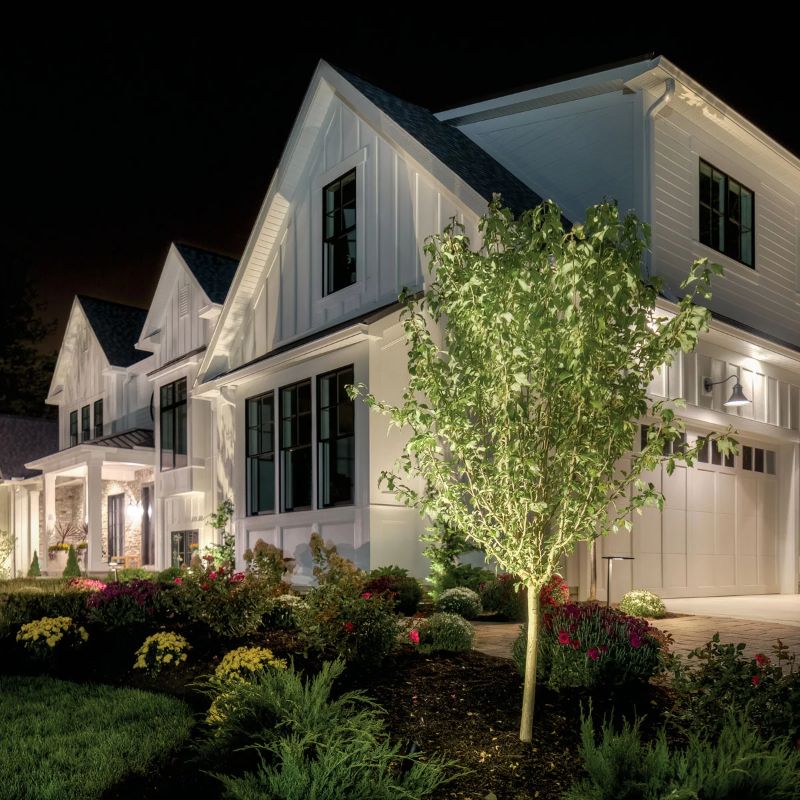
The Illuminating Engineering Society (IES) sets standards for lighting design to ensure safety, efficiency, and quality. These standards provide guidelines for appropriate light levels, color temperature, and fixture placement.
Overview of Standards Set by the Illuminating Engineering Society
The IES standards cover various aspects of lighting design, including recommendations for different types of spaces and activities. Adhering to these standards ensures that lighting designs meet industry best practices and regulatory requirements.
Importance of Electrical Engineering in Lighting Design
Electrical engineering is fundamental to lighting design, ensuring that the lighting systems are safe, reliable, and efficient. Electrical engineers work closely with lighting designers to develop systems that meet technical specifications and performance standards.
Impact on Human Health and Well-being
Research has shown that lighting significantly impacts human health and well-being. Proper lighting can improve mood, productivity, and overall health by regulating circadian rhythms and reducing eye strain.
Case Studies Highlighting the Social Impact of Proper Lighting
Case studies have demonstrated the positive social impact of well-designed lighting. For example, well-lit public spaces can enhance community safety and social interaction, while thoughtfully designed interior lighting can create comfortable and productive work environments.
Specific Applications in Residential, Commercial, and Public Buildings
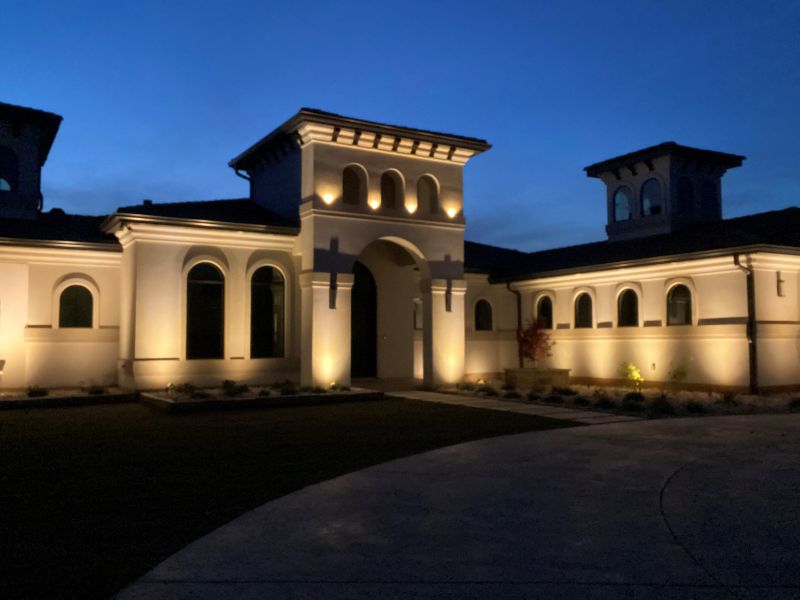
Architectural lighting design is versatile, with applications ranging from residential homes to commercial buildings and public spaces. Each application requires tailored lighting solutions to meet specific needs and enhance the environment.
- Residential: In homes, lighting design focuses on creating a warm and inviting atmosphere while providing functional illumination for tasks and activities.
- Commercial: In commercial settings, such as offices and retail spaces, lighting design aims to enhance productivity, highlight products, and create an appealing environment for customers and employees. Outdoor bistro and cafe lights are perfect for creating an inviting and charming ambiance for restaurants and cafes, encouraging longer stays and repeat visits.
- Public: Public lighting in parks, streets, and other communal areas prioritizes safety, accessibility, and aesthetic appeal.
Role of Lighting in Interior Design and Architecture Interior
In interior design, lighting plays a crucial role in defining spaces, highlighting architectural features, and creating desired moods. Effective lighting can transform the perception of a room, making it feel larger, cozier, or more dynamic.
Detailed Analysis of Notable Lighting Design Projects
Examining notable lighting design projects provides valuable insights into best practices and innovative techniques. Projects like the lighting of the Sydney Opera House or the dynamic illumination of Times Square showcase the transformative power of expert lighting design.
Lessons Learned and Best Practices from These Projects
Analyzing successful projects highlights the importance of collaboration, creativity, and adherence to technical standards. Key lessons include the value of prototyping, the impact of technology, and the need for sustainability in lighting design.
Final Remarks
Architectural lighting design is integral to enhancing both the aesthetics and functionality of buildings. Through strategic planning, technological innovation, and interdisciplinary collaboration, lighting designers create environments that are visually stunning, safe, and sustainable.
Transform your outdoor spaces with the expert touch of Outdoor Lighting Plano TX. Our professional architectural lighting designer service will enhance the beauty, safety, and functionality of your home or business. Whether it’s for a residential garden, a commercial facade, or a public space, our team uses the latest in lighting technology and design techniques to create stunning and sustainable outdoor environments.
Contact us now for premier exterior architectural lighting in Plano, TX!

